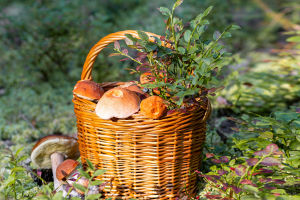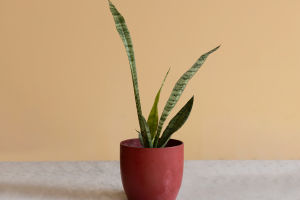Pruning is an essential gardening practice that significantly impacts the health, appearance, and productivity of plants.
Timely pruning of branches and leaves not only helps maintain the plant's shape but also encourages better growth and prevents potential problems.
Proper pruning, executed with care and knowledge, can transform a struggling plant into a thriving one!
1. Why Pruning is Necessary
Plants grow naturally in response to environmental factors, which can sometimes lead to overgrowth or imbalanced structures. Left unchecked, this overgrowth can result in poor air circulation and susceptibility to pests and diseases. Pruning helps address these issues by removing dead, diseased, or overcrowded parts of the plant, allowing it to focus energy on healthier growth.
Key Benefits of Pruning
Improved Air Circulation: Proper pruning opens up the plant's structure, reducing humidity and the likelihood of fungal diseases.
Enhanced Growth: Removing weak or damaged branches encourages the plant to allocate resources to stronger, healthier parts.
Aesthetic Appeal: Regular pruning maintains the plant's shape, making it more visually appealing.
2. When to Prune
Timing is crucial when it comes to pruning. The best time to prune depends on the type of plant and its growth cycle.
Deciduous Plants: Prune during dormancy, usually in late winter or early spring, to encourage robust growth during the growing season.
Evergreens: Light pruning can be done year-round, but heavy pruning is best in early spring.
Flowering Plants: For spring-flowering varieties, prune immediately after blooming to avoid cutting off next year's flower buds.
Fruit Trees: Prune in late winter to improve yield and maintain the tree's structure.
3. How to Prune Properly
Effective pruning requires the right tools, techniques, and approach. Using clean, sharp tools is essential to make precise cuts and prevent disease transmission.
Steps for Proper Pruning
Inspect the Plant: Identify dead, diseased, or damaged branches and leaves that need removal.
Start with the Deadwood: Remove dead or broken branches first to improve the plant's overall health.
Thin Out Crowded Areas: Trim branches that are crossing or growing too close together to enhance airflow.
Disinfect Tools: Clean tools after each cut, especially when dealing with diseased plants, to prevent the spreading of pathogens.
4. Pruning Mistakes to Avoid
Pruning at the Wrong Time: Cutting at the wrong stage of growth can damage the plant or reduce flowering.
Improper Cuts: Ragged or uneven cuts can invite pests and diseases.
Timely and proper pruning is an investment in a plant's health and vitality. By removing unnecessary or harmful growth, gardeners can encourage plants to flourish, grow stronger, and maintain their aesthetic appeal.
With careful attention and regular practice, you can enjoy healthier, more vibrant greenery in your garden!


